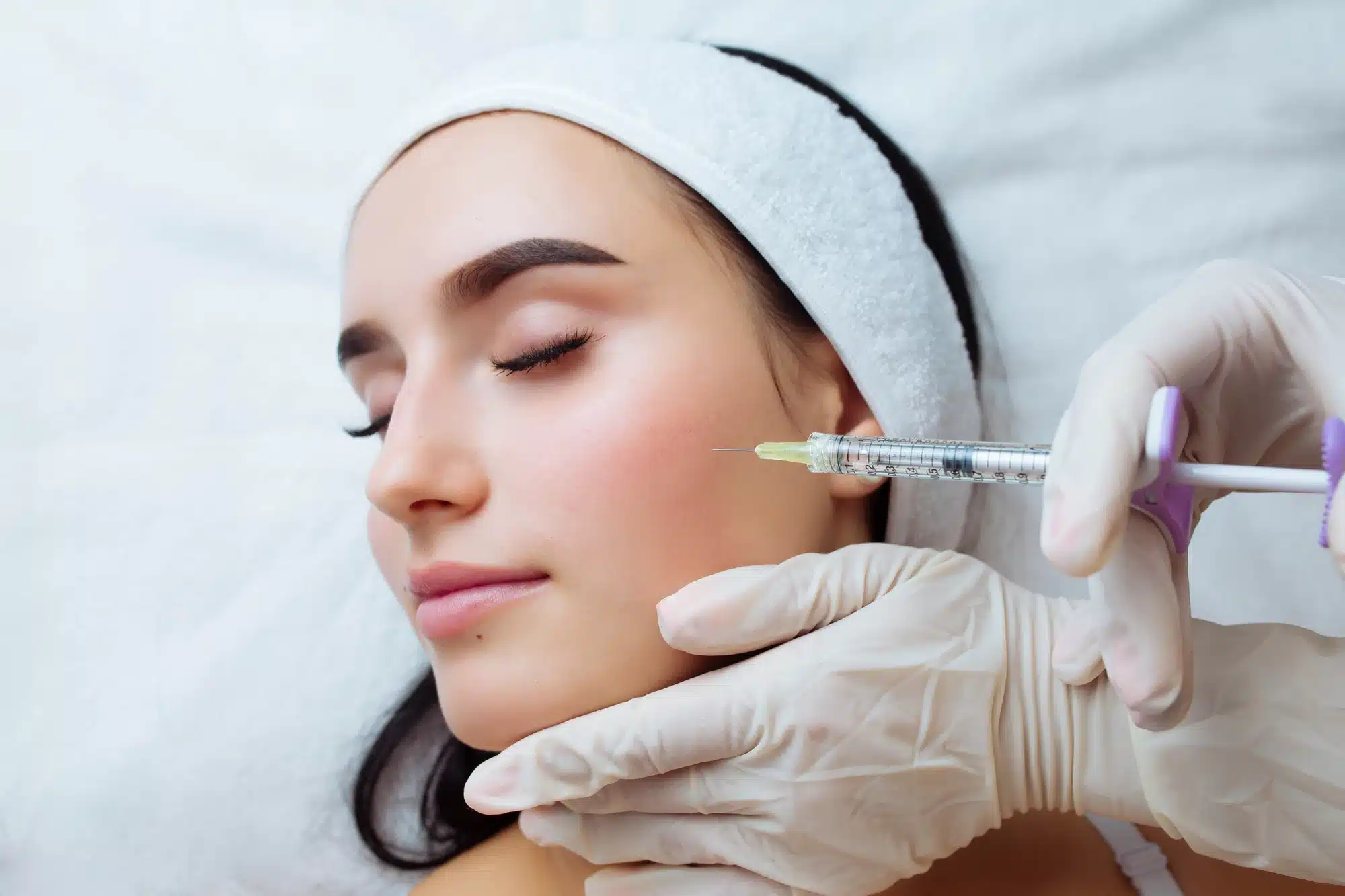
Anatomy of the cheek
The cheek is the fleshy region that extends inferiorly to the margin of the mandible, superiorly to the zygomatic arch, posteriorly to the ear, and anteriorly to the corner of the mouth. A large portion of the facial fat tissues, which are also known as malar fat pads, are located just underneath this area. These tissues give a plump and healthy appearance to the cheek. However, this fleshy region tends to lose its volume due to aging, which leads to unattractive signs of aging, such as saggy jawlines and jowls. Besides aging, some underlying diseases, including Human Immunodeficiency Virus (HIV) infections, can cause redistribution of facial fat tissues, resulting in sunken cheeks. Patients can then end up appearing haggard or older than their actual age.
How is the cheek augmented?
Patients with less than desirable aging signs on the cheek can always undergo aesthetic procedures to augment the shape and definition of the cheek. These procedures are available in two options: surgical methods, and nonsurgical methods. Surgical augmentation of the cheek requires harvesting, purifying, and transferring fat cells from other parts of the body, like the thighs and arms, into the sunken cheek area in a process known as autologous fat transfer. Though it is very effective, fat grafts are invasive and require a lengthy recovery time. A simpler yet equally effective procedure is cosmetic filler injections. This nonsurgical treatment option requires administering the problematic area with a viscoelastic injectable gel that can help to volumize and sculpt the cheek. Dermal filler injection delivers instant results with very minimal downtime.
How does Restylane filler help to augment the cheek?
Restylane is a brand of cosmetic fillers that are made of non-animal stabilized hyaluronic acid (NASHA). The hyaluronic acid molecules are manufactured from bacterial cultures that are left to ferment under a strictly-controlled laboratory environment. The HA is then extracted and purified to be free from any harmful pyrogen before being cross-linked via a chemical reticulating agent. The resulting gel has a biphasic texture with a smooth consistency. Once implanted into the skin, the cheek becomes fuller and well-defined.
How is Restylane filler injected to augment the cheek?
The most suitable skin-volumizing filler for cheek augmentation from the Restylane range is Restylane Lyft, which was formerly called Perlane and consists of 20mg/ml of large NASHA particles. It has even been approved by the US Food and Drug Administration (FDA) to correct volume and contour deficits in the cheek. It is meant to be injected deep into the skin using the fine-gauge needle provided. Skilled and licensed medical professionals will ensure that the procedure is done aseptically on suitable patients.
How long will the results last?
Immediately, upon completing the treatment session, the cheek area will be visibly plump and sculpted. These results have been shown to last from six to nine months; however, since this specific filler gel is completely biodegradable, it will gradually disintegrate, spreading out into the neighboring tissues. The exact time the effects hold is greatly affected by the individual physiology (e.g. age, skin condition, lifestyle) of each patient, the volume of filler being injected, alongside the administration technique.
Are the effects reversible?
Yes, the effects are reversible. Restylane fillers are made of non-animal stabilized hyaluronic acid, which can be easily dissolved using hyaluronidase enzyme injections should patients be unhappy with the outcomes of the procedure.
What are the side effects of Restylane filler injections?
Patients tend to develop non-permanent inflammatory reactions, such as pain, swelling, tenderness, bruising, and itchiness on the injection site. These reactions are mild and should subside within a couple of days. Additionally, some patients may also experience very serious health effects, such as inflamed lumps, infections, herpes re-occurrence, and allergic reactions; these effects must be treated immediately at the nearest hospital. Medical professionals must educate their patients about the possible side effects, precautions, and warnings prior to commencing the procedure.
Related Articles
Joanna Carr
Sculptra vs Radiesse – Comparing Fillers
Sculptra and Radiesse are both injectable fillers, but they work differently. Sculptra stimulates gradual collagen production for long-lasting, natura...
Joanna Carr
Buy Lucentis Online At Low Prices – Shopping Guide And Help
Interested to learn more about A Shopping Guide To Buy Lucentis Online With Low Prices? Browse Doctor Medica's comprehensive listing of blog posts.
Joanna Carr
Durolane vs Euflexxa – Comparing OA Injections
Compare Durolane and Euflexxa injections for osteoarthritis. Discover their differences in composition, effectiveness, and suitability for managing kn...


